A young gaming enthusiast named Alex searched for the ultimate graphics card to enhance his gaming experience. He had heard about NVIDIA Ti vs non-Ti options but was unsure which would best fit him. In his quest, he discovered a world of differences between the two options, including performance, cost, and features.
With the help of our gaming experts. He made an informed decision and purchased the graphics card that met his needs. Alex’s gaming experience was taken to new heights, with stunning visuals and lightning-fast performance that he had never experienced before.
NVIDIA Ti and non-Ti graphics cards are popular among gamers and professionals. While both offer high-quality performance, there are important differences to consider when choosing between them. Understanding the key features of each can help you make an informed decision that meets your needs and budget.
What Does Ti Mean in Graphic Processing Unit?
A Ti or Titanium GPU typically has more CUDA cores and higher clock speeds than its non-Ti counterpart, resulting in better performance and a higher price tag. It’s a term that has become synonymous with top-of-the-line graphics cards and is highly sought after by gamers and professionals alike.
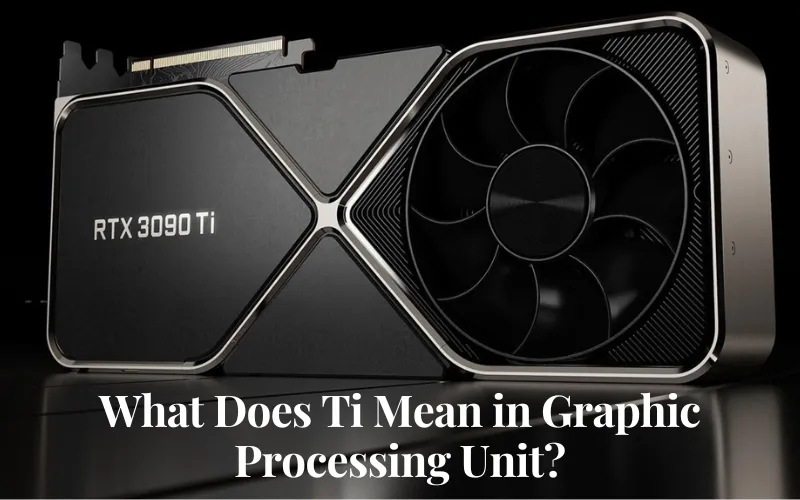
What is the Difference Between Ti and a Normal GPU?
Ti is a suffix NVIDIA uses to indicate a more powerful graphics processing unit (GPU) version than the normal version. For example, the NVIDIA GeForce RTX 3080 Ti is a more powerful version of the RTX 3080 GPU.
The difference between a Ti GPU and a normal GPU is mainly in their performance. Ti GPUs usually have higher clock speeds, more CUDA cores, and more memory than their normal counterparts.
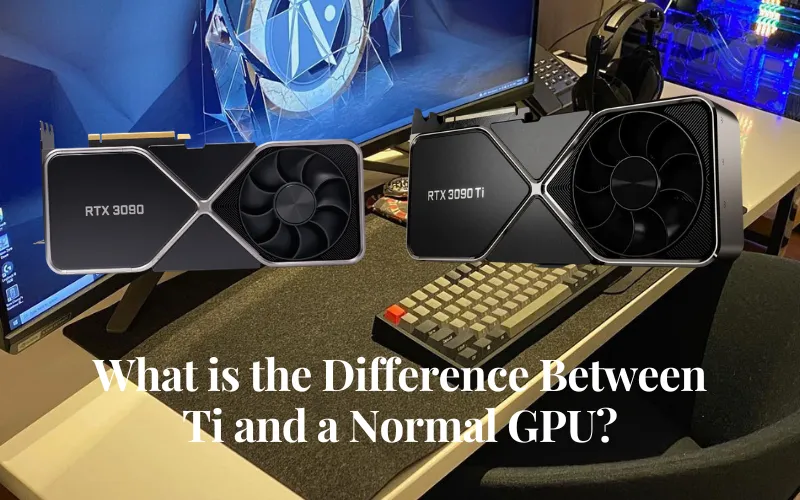
As a result, Ti GPUs can provide better gaming performance and faster processing speeds for tasks such as video rendering, 3D modeling, and machine learning. However, Ti GPUs also tend to be more expensive than their counterparts. It’s important to consider your budget and use case before deciding whether a Ti GPU is worth the investment.
NVIDIA Ti vs Super Graphic Processing Unit
The main difference between NVIDIA Ti and Super GPUs is their level of performance and the specific models they are available in. NVIDIA Ti GPUs represent a more powerful version with more memory, CUDA cores, and higher clock speeds than the normal model.
On the other hand, the “Super” suffix is used by NVIDIA to indicate an improved version of an existing GPU with improved power efficiency. For example, the NVIDIA GeForce RTX 2080 Super is an improved version of the RTX 2080, offering better performance than the standard version.
Ti GPUs are more powerful and perform better than Super GPUs, but they also tend to be more expensive. The choice between a Ti and a Super GPU depends on the user’s specific needs, budget, and performance requirements of the specific applications they plan to use.
What is Compute Unified Device Architecture (CUDA) Core?
CUDA cores are specialized processing units within a graphics processing unit (GPU) designed to handle complex mathematical computations in parallel. Compute Unified Device Architecture and is a computing platform and application programming interface (API) developed by NVIDIA.
CUDA cores allow faster processing of tasks such as video rendering, scientific simulations, etc. These cores work together to perform multiple calculations simultaneously, which can greatly accelerate the processing speed of certain applications that are optimized to use them.
GPU can vary the number of CUDA cores depending on the specific model and graphics card series. Higher-end GPUs typically have more CUDA cores, allowing for faster processing of complex tasks.
Ti Graphics Card vs Non-Ti
Ti graphics cards are generally more powerful than their non-Ti (base model) counterparts, and they typically feature higher clock speeds, more CUDA cores, and more memory. This means Ti graphics cards can provide better gaming performance and faster processing speeds for various tasks such as video rendering and 3D modeling.
However, Ti graphics cards are also more expensive than their non-Ti counterparts, and they consume more power, which can result in higher operating temperatures and increased fan noise. Additionally, in some cases, the performance difference between a Ti and non-Ti graphics card may need to be more significant to justify the price difference, depending on the specific use case.
You must consider your specific needs and budget when deciding between a Ti graphics card and a non-Ti one. If you’re a gamer or content creator looking for the best possible performance and willing to pay a premium, a Ti graphics card may be the better choice. However, if you have a limited budget or don’t need the absolute best performance, a non-Ti graphics card may be a more practical choice.
Best Nvidia Ti Graphic Card For Gaming
NVIDIA GEFORCE GTX 1080 Ti
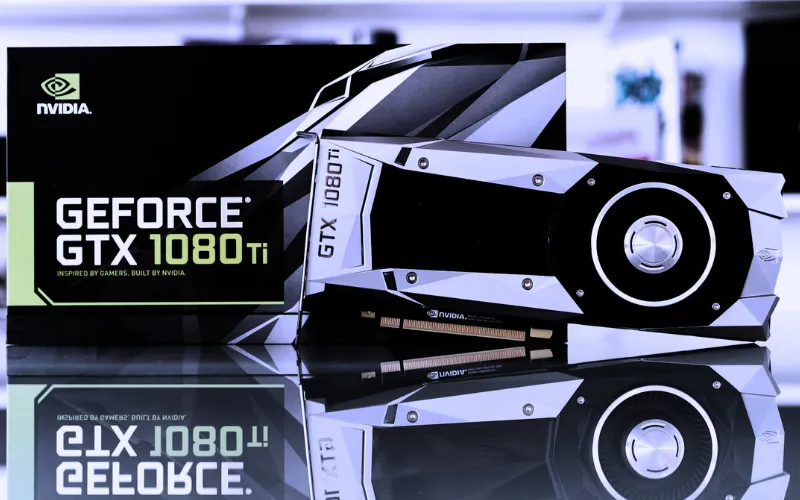
It is a powerful graphics card from the previous generation, still capable of delivering high-end gaming performance. Despite being renewed, it may not offer the same warranty or support as a new card.
But it is often available at a lower price point, making it an attractive option for budget-conscious gamers. Its 11GB of GDDR5X memory and 3584 CUDA cores make it an excellent choice for high-performance graphics cards.
Nvidia RTX 3090 Ti Graphic Card
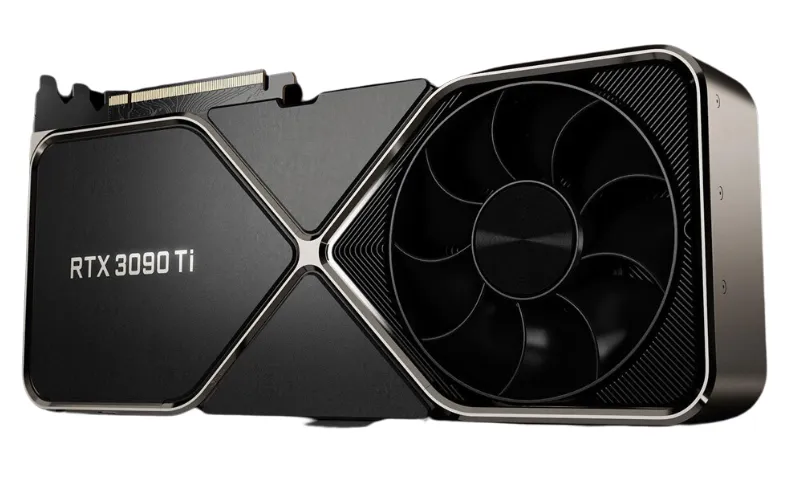
This is one of the market’s most powerful consumer graphics cards, designed for high-end gaming, content creation, and AI applications. It features 24GB of GDDR6X memory, 10496 CUDA cores, and a boost clock speed of up to 1.7 GHz, making it a formidable choice for top-tier performance.
It is also one of the most expensive GPUs available and may be overkill for those not engaged in extreme gaming or demanding professional workloads
MSI Gaming GeForce RTX 3070 Ti
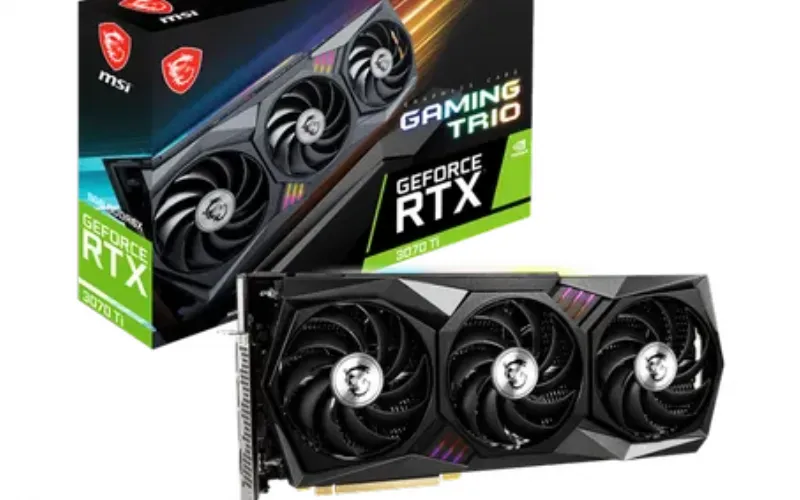
It is a high-end graphics card with 8GB of GDDR6X memory, 10496 CUDA cores, and a boost clock speed of up to 1830 MHz, providing exceptional gaming and content creation performance.
It also comes equipped with MSI’s Torx Fan 4 and RGB lighting, enhancing its aesthetics. However, like many high-end GPUs, it may not be easy to find in stock and may come with a premium price tag.
NVIDIA denotes a more potent graphics processing unit (GPU) version than the standard version. Ti GPUs usually have faster processing speeds for multiple tasks and better gaming performance. The GTX Ti series has been well-liked among gamers and enthusiasts seeking high-performance graphics cards.
Ti” stands for “Titanium,” which is NVIDIA’s way of indicating a higher-end model.
Yes, Ti GPUs are generally more powerful and perform better than their non-Ti counterparts, but they are more expensive and consume more power.
NVIDIA allocated memory of 8GB to the card to hit a significantly improved level. 8GB of GDDR6 memory is still sufficient for most gaming and content creation tasks, so increasing the memory may have yet to significantly improve performance for the target market.
Ti GPUs are commonly used in high-performance applications such as gaming, video rendering, 3D modeling, and machine learning due to their increased processing power and faster speeds. They can also be used for other complex computations that require parallel processing, such as scientific simulations and data analysis.
In this article, we have seen NVIDIA Ti vs non Ti. Ti graphics cards are more powerful and perform better than non-Ti graphics cards but they are also more expensive and can consume more power. The choice between a Ti and non-Ti graphics card ultimately depends on the user’s specific needs and budget and the performance requirements of the applications they plan to use.
Conclusion
